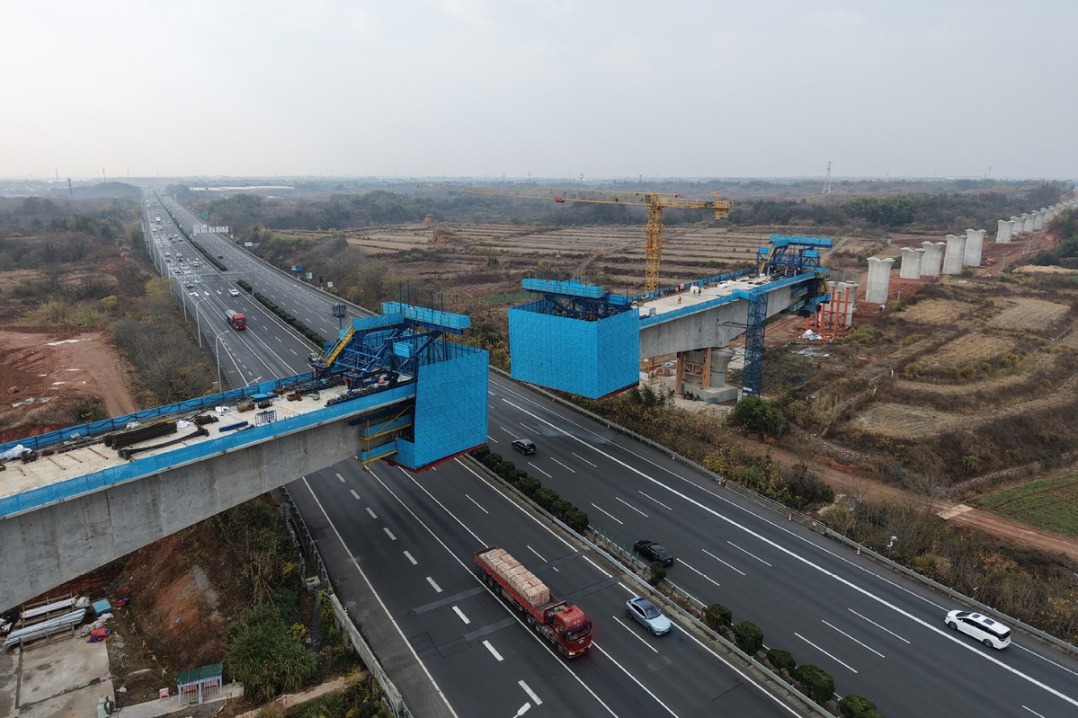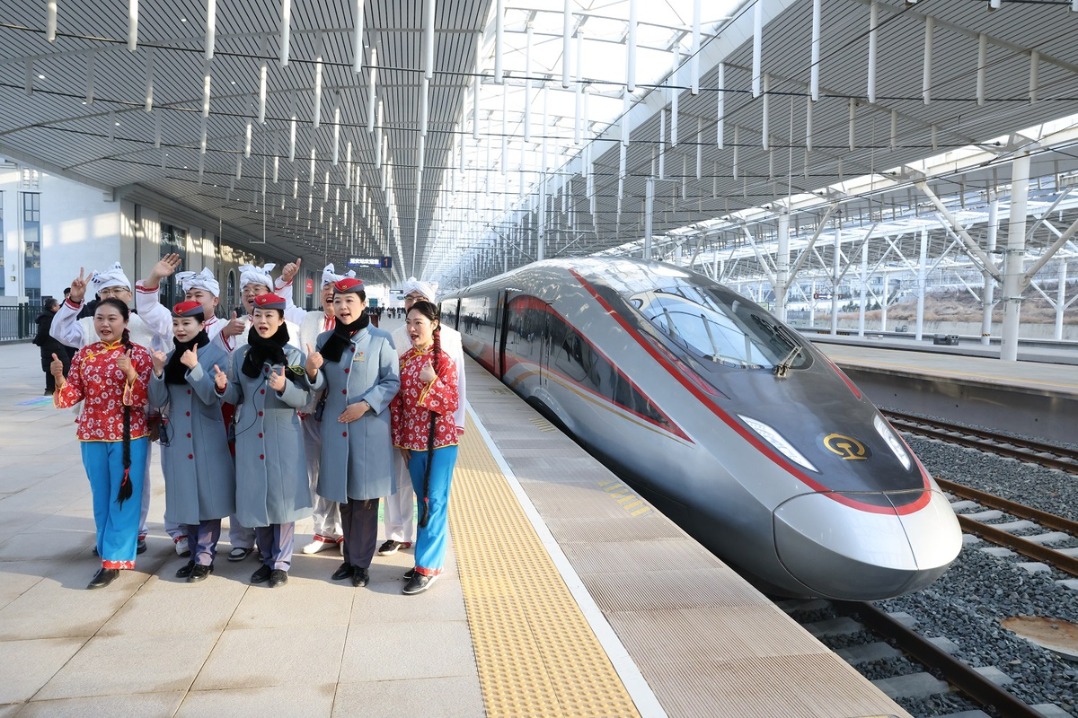High-tech methods play crucial role in biodiversity protection


Her early days working at the Mengda National Nature Reserve in Qinghai province, left 41-year-old Peng Yu with more unpleasant memories than happy ones.
The reserve in Xunhua Salar autonomous county covers 17,290 hectares of rugged terrain at an average altitude of over 2,800 meters. Peng's job of monitoring and protecting various plant species would take her through thick vegetation and it wasn't unusual for her to wear out three pairs of work shoes each year.
With a reserve as big as Mengda, Peng and her colleagues would sometimes lose their way and be unable to return to their office in the reserve. In May 2008, for example, her team did not make it back to the office until 9 pm. One of her male colleagues nearly walked off the edge of a cliff, his view restricted by the dim light and dense greenery.
The team also had to deal with pest infestations. On one occasion Peng's colleagues had to walk backward through difficult terrain carrying 20 kilogram pesticide canisters and spraying infested plants.
Her office was humble, with scant equipment and facilities. "I was almost equipped with nothing but a table," she said.
- CPC leadership meeting urges steadfast implementation of eight-point decision on improving conduct
- Ethiopian coffee trading center unveiled in Zhuzhou
- Mouse births pups after space mission, paving way for future research
- Autumn grain purchases exceed 200m tons in China
- Public chooses names for China's space-traveled mice
- Xinjiang's outside investment hits 1t yuan mark





































